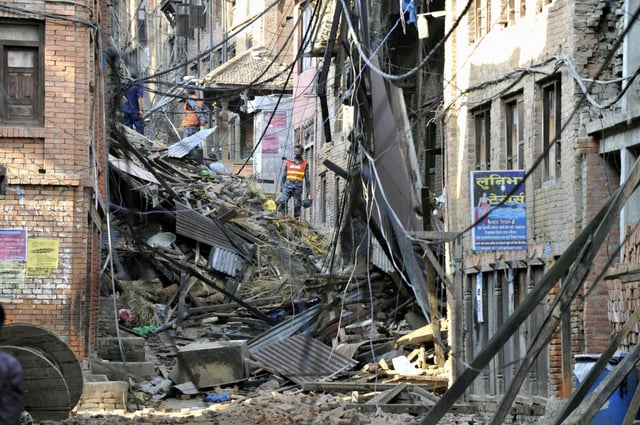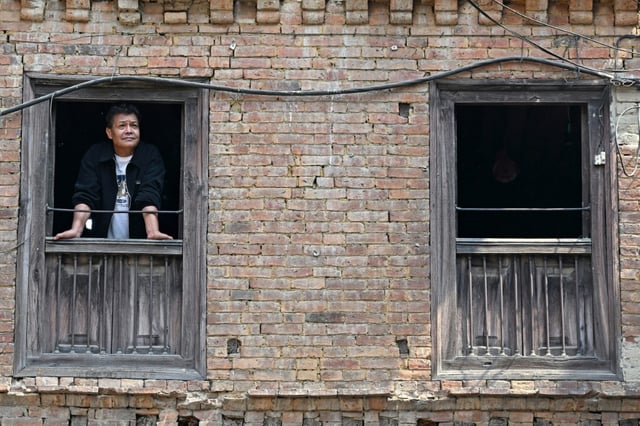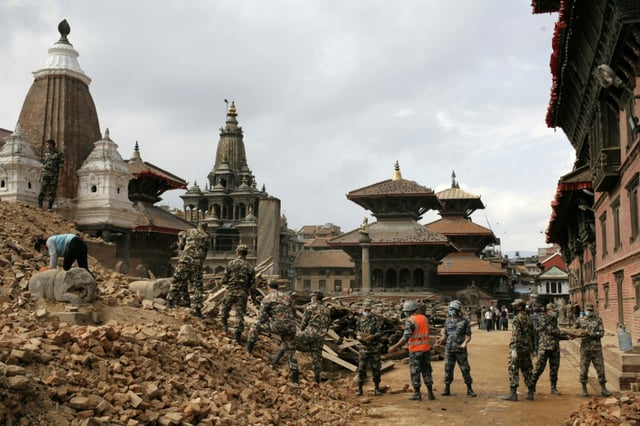Overview
- The 2015 earthquake killed nearly 9,000 people, injured over 22,000, and left millions homeless, exposing critical weaknesses in Nepal's disaster response systems.
- Approximately 90% of homes and thousands of public buildings destroyed have been rebuilt, with a 44% reduction in buildings at risk of collapse, according to joint assessments.
- The National Disaster Risk Reduction and Management Authority (NDRRMA) was established, and seismic building codes were updated to improve disaster preparedness.
- A 2023 audit revealed only 9.4% of schools, health centers, and government buildings meet safety standards, with rural areas particularly vulnerable due to weaker infrastructure.
- Experts, including the World Bank, warn that despite significant progress, uneven enforcement of policies leaves Nepal dangerously underprepared for another major earthquake.



